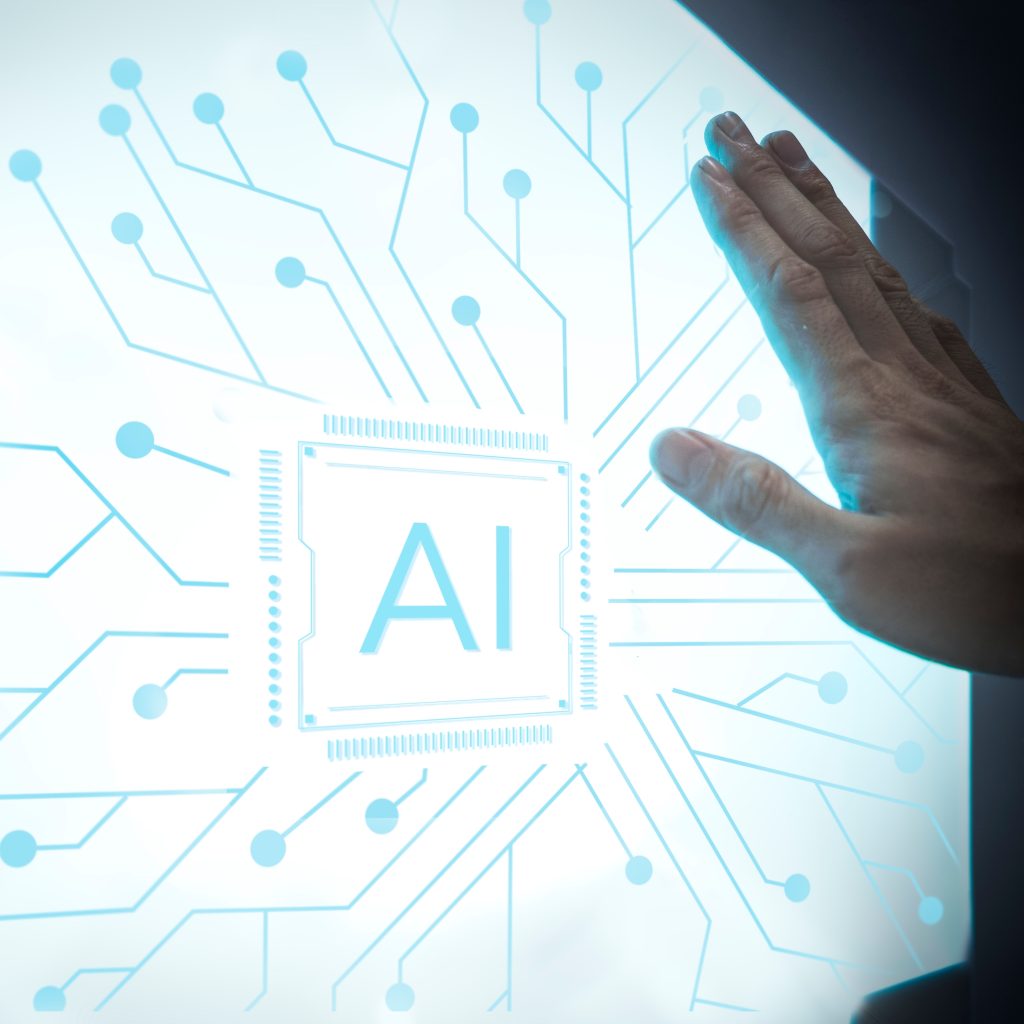Is Your Business AI-Ready? Here’s What’s Changed in Just 6 Months
The world of Artificial Intelligence (AI) is witnessing significant shifts in 2024, with a sharp rise in the popularity of Generative AI, which has seen a 700% surge in interest, and the steady expansion of Applied AI across key industries like healthcare, finance, and customer service. This article dives into how these two AI domains are reshaping the tech landscape. Generative AI uses machine learning models like GPT-4 and DALL·E to create new content, ranging from text to images and videos. With a 700% rise in interest in 2024, generative AI is helping businesses automate creative processes, from content marketing to personalized media. This surge has been driven by the advancement of multimodal AI, which allows these models to handle a combination of inputs like text, audio, and video, leading to more dynamic content generation. Applied AI focuses on solving specific, real-world problems across industries like healthcare, finance, and customer service. In healthcare, AI-powered diagnostic tools are improving disease detection and personalizing treatment plans. The finance industry uses AI for real-time fraud detection and investment optimization, while AI chatbots are transforming customer service by providing instant and intelligent responses. Despite the rapid advancements, AI faces challenges such as data privacy concerns, ethical considerations, and the rising costs of cloud computing. Companies are navigating issues like intellectual property (IP) governance and the shortage of GPUs needed to run large models, prompting a shift towards smaller, more efficient AI models that can run on local devices. Looking ahead, the key trends shaping AI in 2024 include the development of smaller, more accessible models, the demand for explainable AI, and a focus on ethical AI practices. Businesses are increasingly adopting AI for hyper-personalization and using models tailored to specific data to improve operational efficiency and customer engagement. Generative AI and Applied AI are revolutionizing industries, driving innovation, and transforming how businesses operate. From creative content generation to solving real-world challenges, these AI technologies are paving the way for a more automated and efficient future. As AI continues to evolve, its potential applications across industries will expand, making it an essential tool in the modern world.Generative AI and Applied AI: The AI Revolution of 2024

Understanding Generative AI
Applied AI in Key Industries
Challenges in 2024
Future Trends in AI
Conclusion